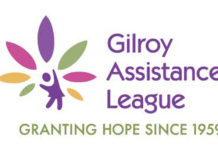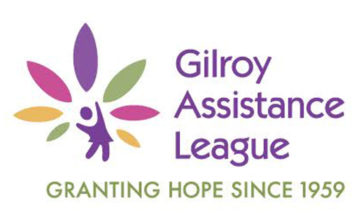So why would anyone even want to search the heavens using
binoculars with all the huge telescopes, exotic equipment and
accessories that one has at their disposal today? Why even bother
with those light, easy-to-handle, wide-field, store-anywhere and
less-expensive binoculars anyway? I guess I just told you why.
So why would anyone even want to search the heavens using binoculars with all the huge telescopes, exotic equipment and accessories that one has at their disposal today? Why even bother with those light, easy-to-handle, wide-field, store-anywhere and less-expensive binoculars anyway? I guess I just told you why.
And don’t forget one of the best reasons to use binoculars: two eyes are definitely better than one when it comes to viewing the skies. Your power of resolution and the ability to see faint objects are improved dramatically when using both eyes. Next time you are out in your back yard on a clear night try this test. Cover one eye and notice what faint stars you can see. Then uncover it; you can actually see more stars with both eyes than you can with one. They say (not really sure who “they” are, but they seem to know an awful lot) you can see about 10 percent more when viewing with two eyes.
I often have classes from different schools come by to visit and look through my 14″ telescope. I usually start out by showing them the sky with my 20×80 binoculars first. Here they are standing in line waiting to take a peek through the binoculars when all the time they are thinking to themselves, why are we bothering with this when we could be looking through the big telescope?
Well, they do eventually get to use the big one. But I must admit, I get just as many “wow, look at thats” from the kids looking through the binoculars as I do from them looking through the 14″ scope.
The best advantage the binoculars have over a large telescope is the large area the binoculars can cover in one view. Take the Andromeda Galaxy for instance; this is the farthest object we can see with the unaided eye, lying some 2.2 million light years away. I can’t even begin to get the entire galaxy in my view with the large telescope, the object is just too big. But with binoculars, I can see the entire Andromeda Galaxy. And what a sight it is.
There are many other fascinating things to see through the binoculars, such as open star clusters, the Moon, Planets and so much more. With my 20×80’s I can see four of the moons of Jupiter. And our Moon, why, it almost looks like you can reach out and touch it.
What about the Sun? You are now saying to yourself, is he crazy? But yes, the binoculars are a fine instruments for viewing the Sun. However, before looking at the Sun, take this warning:
Do not look directly at the sun, not even for an instant!
Without proper safety precautions, permanent eye damage, and even blindness, can result.
The best and easiest way to view the Sun is to use your binoculars to project an image of the Sun onto a piece white cardboard. It is fun to check daily to see the movement of the Sun Spots as they circle around the Suns surface.
You understand now that you don’t have to spend a lot of money to enjoy the evening skies. If you don’t have a pair of binoculars, maybe your Dad has a pair he might let you use, or maybe a friend. Whose ever they belong to, make sure you take care when using them, or you may not get the chance to use them again.
So there you are. Two eyes are better than one, along with portability, affordability and the ease of operation makes binoculars a very simple and enjoyable tool to use when viewing the heavens.
Happy Holidays. Clear skies.
December Sky Watch
Dec. 1 Moon is 5.2 degrees north of Saturn
Dec. 4 Last quarter Moon
Dec. 5 Mars is 1.25 degrees south of Venus
Dec. 7 Moon is 0.36 degrees from Jupiter
Dec. 9 Moon is 2.0 degrees south of Mars
Dec. 9 Moon is 4 degrees south of Venus
Dec. 10 In the next three days, all the major planets are arranged in their natural order outward from the sun.
Dec. 11 New Moon
Dec. 11 Moon is 5.7 degrees from Mercury
Dec. 12 Moon is closest to Earth (perigee – 222,441 miles)
Dec. 13 St. Lucy’s Day, formerly regarded as the middle of winter.
Dec. 13 Geminid meteor shower peaks late tonight and early tomorrow morning.
Dec. 15 Moon is 4.9 degrees south of Neptune
Dec. 16 Moon is 3.5 degrees south of Uranus
Dec. 18 Moon at first quarter
Dec. 21 Winter Solstice. Days are shortest and nights are longest for the year. (Other way around for the southern hemisphere.)
Dec. 25 Merry Christmas
Dec. 26 Full Moon
Dec. 26 Moon is farthest away from Earth (apogee – 252,580 miles)
Dec. 27 Mercury is less than 1.25 degrees to the upper left of Venus each morning from now throughout year’s end.
Dec. 28 Moon is 5.0 degrees north of Saturn
Dec. 31 Happy New Year’s eve.
David Baumgartner is in local real estate and is an avid amateur astronomer. His Sky Watch column appears monthly.














